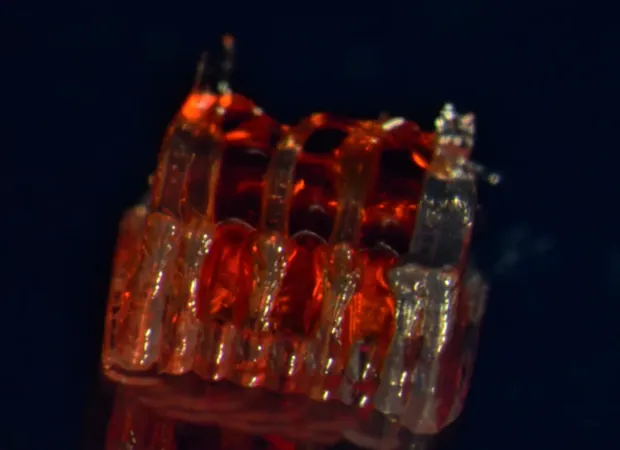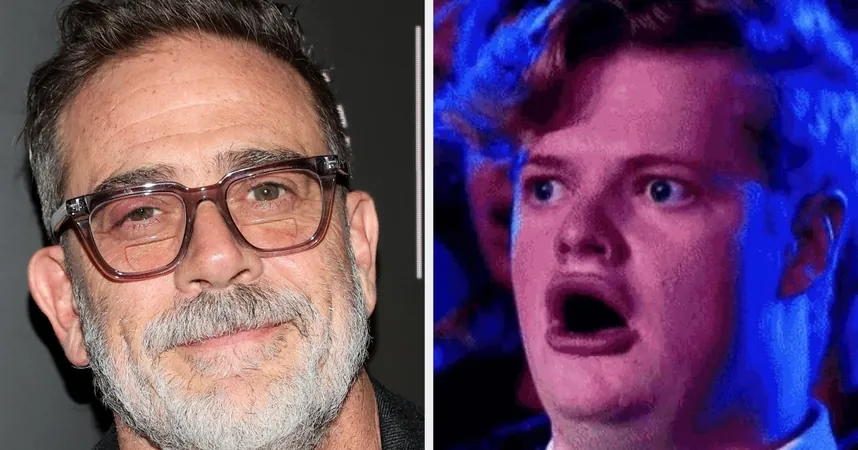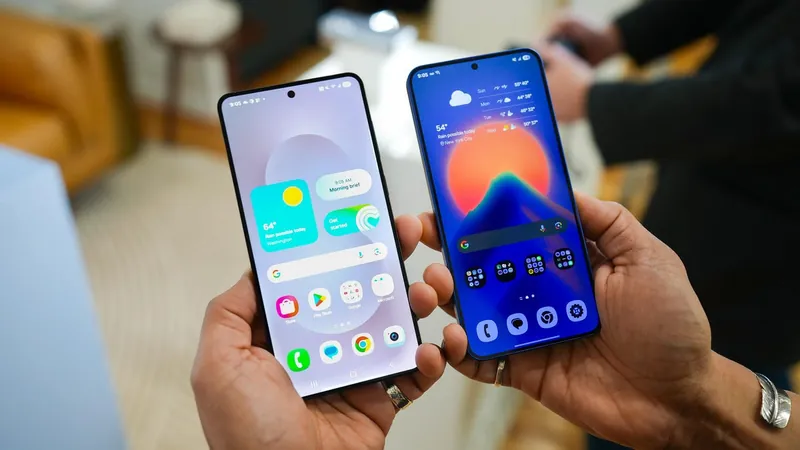
Revolutionary Breakthrough: 3D Printing and Stem Cells Team Up to Heal Spinal Cord Injuries!
2025-08-25
Author: Charlotte
A Game-Changer for Spinal Cord Injuries
Few injuries are as life-altering as those affecting the spinal cord. In the United States alone, tens of thousands face the daunting reality of paralysis, with no definitive method available to reverse this devastating damage. But hope is on the horizon!
The Pioneering Research at the University of Minnesota
In an exciting development, a team of engineers and neuroscientists at the University of Minnesota has made strides in addressing one of the most pressing hurdles in spinal cord injury recovery: regrowing nerve fibers. Their innovative fusion of 3D printing technology with stem cell biology and lab-grown tissues could pave the way for monumental advancements in treatment.
How It Works: The 3D Printed Organoid Scaffold
At the heart of this research is a cleverly designed 3D printed framework known as an organoid scaffold. This framework is filled with microscopic channels that guide region-specific spinal neural progenitor cells—essentially the building blocks for new nerve cells.
Guebum Han, a mechanical engineering expert and lead author of the study, explained, "We use the 3D printed channels of the scaffold to direct the growth of the stem cells, ensuring that new nerve fibers develop in the right direction." This unique relay system is designed to bypass damaged areas in the spinal cord.
A Remarkable Test in Lab Rats
When the researchers implanted these scaffolds into lab rats with surgically severed spinal cords, the results were astonishing! The stem cells in the scaffolds transformed into neurons, extending their nerve fibers both toward the head and tail of the rats. This led to the creation of new connections with existing nerve pathways.
Over time, these newly formed cells integrated into the rats’ spinal cord tissue, resulting in significant functional recovery—an incredible leap forward in the field of regenerative medicine!
The Future of Spinal Cord Injury Research
Ann Parr, a neurosurgery professor at the University of Minnesota, expressed her enthusiasm, stating, "Regenerative medicine has ushered in a new era in spinal cord injury research. Our lab is eager to explore the future potential of our mini spinal cords for clinical application."
With this groundbreaking research, the dream of healing spinal cord injuries may finally be within reach. Stay tuned as science continues to break boundaries and redefine recovery!









 Brasil (PT)
Brasil (PT)
 Canada (EN)
Canada (EN)
 Chile (ES)
Chile (ES)
 Česko (CS)
Česko (CS)
 대한민국 (KO)
대한민국 (KO)
 España (ES)
España (ES)
 France (FR)
France (FR)
 Hong Kong (EN)
Hong Kong (EN)
 Italia (IT)
Italia (IT)
 日本 (JA)
日本 (JA)
 Magyarország (HU)
Magyarország (HU)
 Norge (NO)
Norge (NO)
 Polska (PL)
Polska (PL)
 Schweiz (DE)
Schweiz (DE)
 Singapore (EN)
Singapore (EN)
 Sverige (SV)
Sverige (SV)
 Suomi (FI)
Suomi (FI)
 Türkiye (TR)
Türkiye (TR)
 الإمارات العربية المتحدة (AR)
الإمارات العربية المتحدة (AR)